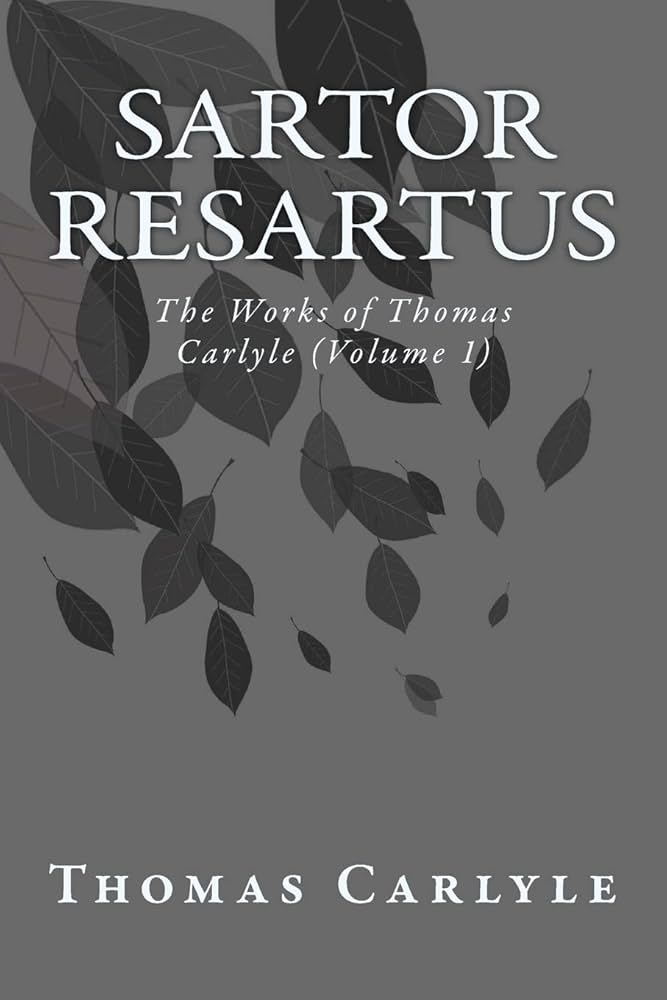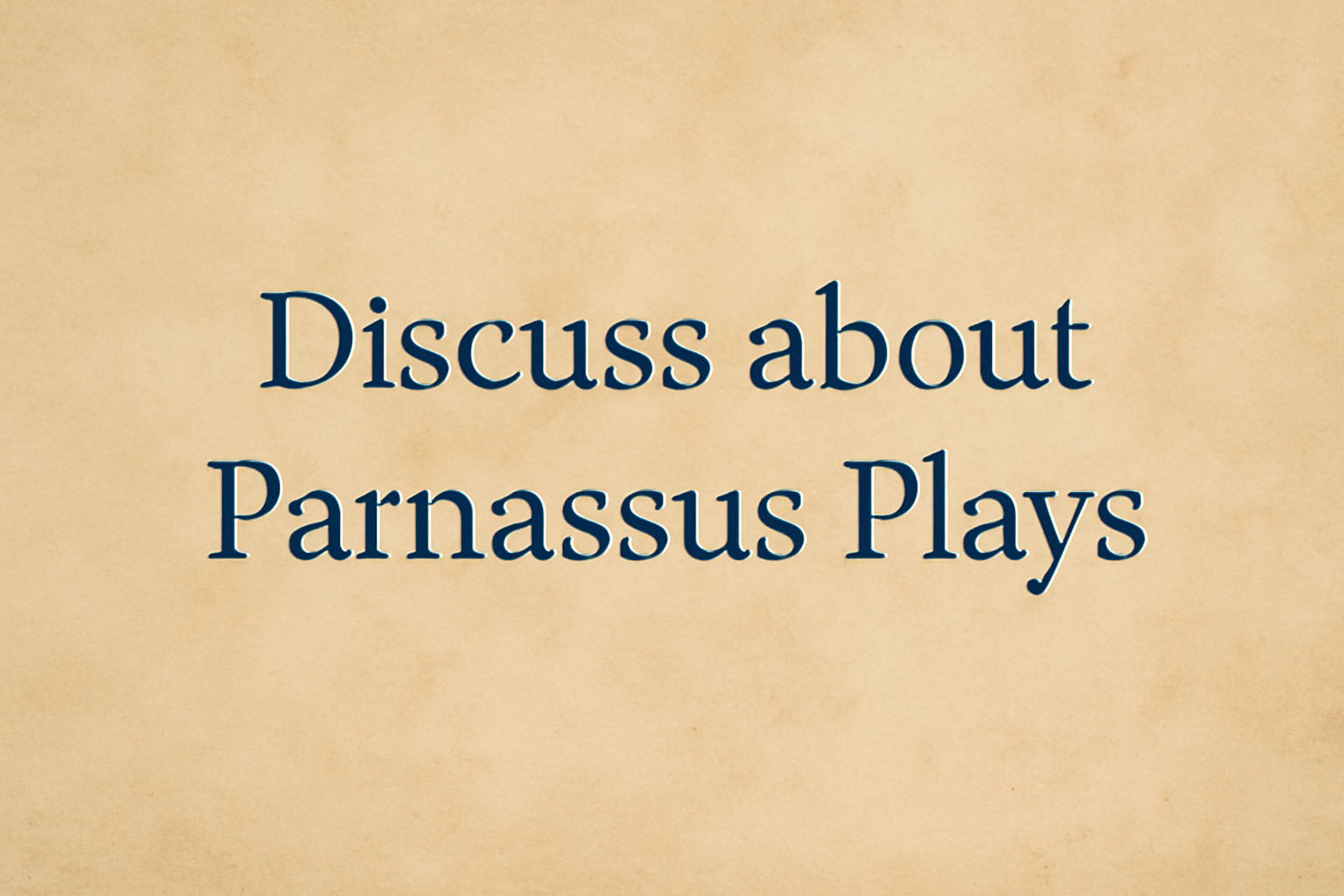
A short note on the characteristics of Anglo-Saxon poetry
Anglo-Saxon poetry extends over a large field and covers numerous poetical forms, such as epics, heroic poetry, lyrics, elegies, riddles, and so on. It is potent and varied, and it also possesses certain distinctive features. Those features form its essence and give it a specific character.
- Social and Historical Content
In the first place, Anglo-Saxon poetry is highly social in its content. It is, in fact, a kind of social document for primitive, Teutonic life. Beowulf, one of the greatest non-Christian Anglo-Saxon poems, contains a vivid picture of the primitive Teutonic life and society, as well as the high ideals of the primitive community. The frequent feuds among tribal chieftains and warriors, the unfailing loyalty of the followers to their leaders, the generous liberality of the princes to their friends and loyal followers, and other features of that Heroic Age are amply marked in this great epic. The Battle of Maldon and The Battle of Brunanburh also bear such features and ideals. The Ruined Burg contains a graphic account of the earliest specimen of primitive towns, whereas Widsith presents many details of primitive courtly and communal life. Even Anglo-Saxon Christian poetry well expresses the newly converted people’s simple, deep Christian faith.
- Idealism and Heroic Values:
The second remarkable feature of Anglo-Saxon poetry is its idealistic outlook. Both Christian and non-Christian poetry are essentially idealistic. Apart from the holy idealism of Christian poetry, Anglo-Saxon heroic poetry expresses the lofty idealism of chivalry and self-sacrifice for the worthy and noble purposes of life. Beowulf and The Battle of Maldon, as well as The Lives of Saints, may be specifically instanced here.
- Rich Descriptive Power:
The third notable feature in Anglo-Saxon poetry is the excellence of descriptions. The picturesque representations of different elements—the sea, the battlefield, the royal court, the ruined city, and so on—are well marked in pagan and Christian poems. Beowulf contains some of the gems of descriptions in Anglo-Saxon poetry. The elegies, like The Ruined Burg, The Seafarer, and The Wanderer, include graphic and vigorous images. The richness of Anglo-Saxon descriptive art is also borne out in two remarkable Christian poems—The Dream of the Rood and The Phoenix. However, the description of the scenes of battle constitutes a cardinal matter in Anglo-Saxon heroic poetry.
- Love for Nature and the Sea
Another noticeable feature in Anglo-Saxon poetry is the love for nature. Of course, Anglo-Saxon poets are not philosophers of nature. But their poetry bears out their sincere interest in nature, as pagan believers, spectators, and painters. Again, the poems, like The Wanderer and The Seafarer, as well as some of the riddles, may be mentioned. Love for the sea and sea-faring life may be particularly emphasized in this respect. The sea is found to be a vital element in many early poems, such as The Wanderer and The Seafarer. All this well represents the English love of nature which is found today a very important feature in English poetry.
- The Mood of Melancholy:
One more feature in Anglo-Saxon poetry needs to be noted in this connection. This strain of melancholy runs all through Anglo-Saxon poetry in a greater or lesser measure. A gloomy atmosphere and a sad sense of despondency pervade Anglo-Saxon poetry, secular or Christian. This melancholy mark is noticed not merely in elegiac poems but also in such heroic poems as Beowulf and The Battle of Maldon. A plaintive mood predominates in Anglo-Saxon Christian poetry, including The Lives of the Saints and The Dream of the Rood.
- Theme of Exile and Isolation:
The motif of exile, loneliness, and isolation is strongly felt in Anglo-Saxon elegiac poetry. Poems like The Wanderer, The Seafarer, and Deor evoke a sense of loss and detachment from one’s lord, community, and past glory, reflecting a deep cultural awareness of fate (wyrd), impermanence, and spiritual yearning.
- Oral Tradition and Poetic Devices:
A particularly distinctive aspect of Anglo-Saxon poetic form is its deep roots in the oral tradition. Much of the poetry was composed and preserved orally by ‘scops’ (bards), and thus, it uses formulaic phrases, repetition, and kennings (e.g., “whale-road” for sea, “ring-giver” for king) to aid memorization and performance. These elements enhanced the aesthetic value and helped embed cultural memory and moral teaching.
- Pagan-Christian Synthesis:
It is also significant to note the fusion of pagan and Christian worldviews in many Anglo-Saxon poems. While works like Beowulf reflect pagan warrior culture, they also incorporate Christian values of humility, divine judgment, and redemption. This blend of worldviews provided a cultural bridge in a society undergoing religious transformation.
- Distinctive Versification and Poetic Technique:
It has a characteristic technique of its own in versification. It has, in the main, alliterative and irregular verses. The employment of assonance, the use of synonyms, and the presence of metaphorical expressions are common. Anglo-Saxon poetry also has a musical quality, although this is relatively restrained and lacks metrical variations.
Didactic Purpose:
In addition, Anglo-Saxon poetry frequently served a didactic purpose. Whether recounting heroic deeds or offering Christian allegory, the poems often carried moral and spiritual lessons to guide personal conduct and uphold communal values.
Also read: Summary of King Horn, a middle English verse romance




